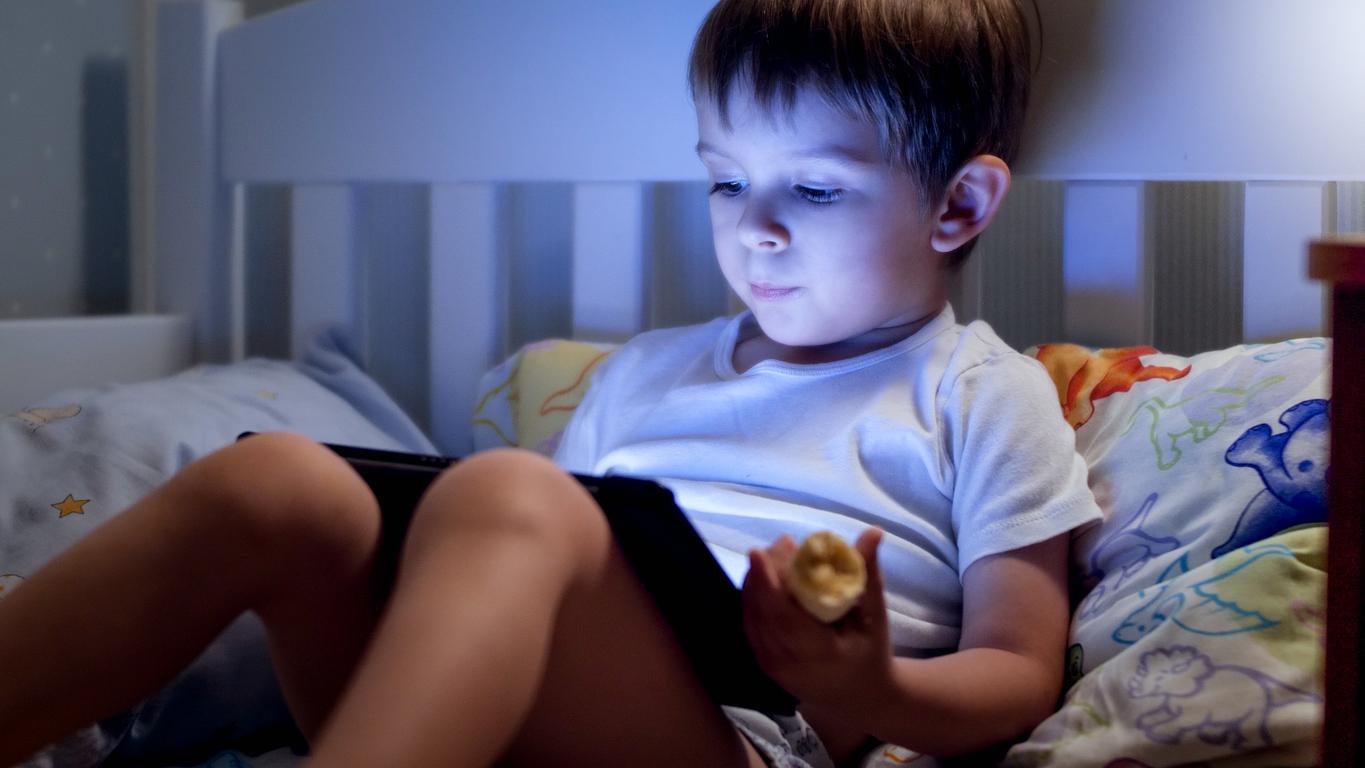Turkish researchers have linked exposure to blue light emitted by digital devices and early puberty in rats.

- The first signs of puberty appeared much earlier in male rats exposed to blue light.
- They also had reduced sperm development and damaged testicular tissue.
- The length and weight of their testicles were also smaller than those of rodents exposed to the normal light cycle.
During puberty, the sexual organs of adolescents transform, more precisely gradually reach maturity, to allow reproduction. In girls, it begins between the ages of eight and fourteen, and in boys between nine and fourteen, depending on health insurance. We speak of precocious puberty when the signs appear very early. The latter are an acceleration in the growth rate of more than 9 cm per year in both sexes, swelling of the breasts, the appearance of pubic hair and sometimes periods before the age of eight in girls as well as development of the testicles and pubic hair before age nine in boys.
Puberty: the first signs appear earlier if exposed to blue light
According to a study, presented at the 61st annual meeting of the European Society of Pediatric Endocrinology in The Hague, exposure to blue light from screens could lead to early puberty. To reach this conclusion, scientists from Gazi University (Turkey) conducted experiments on 18 male rats aged 21 days. These were divided into three groups. The rodents were exposed to either a normal light cycle or six or 12 hours of blue light.
The results, published in the journal Frontiers in Endocrinology, showed that the first signs of puberty occurred earlier in rats exposed to blue light. The longer the animals were exposed to blue light, the earlier their puberty began. Another observation: these rodents had reduced sperm development and damaged testicular tissue. Additionally, the testes length and weight of mice exposed to blue light were smaller than those of rodents exposed to the normal light cycle.
Precocious puberty and blue light: “similar effects in female rats”
“Our research is consistent with our previous work in female rats, which also showed similar effects, providing a more comprehensive view of how blue light may influence puberty in male and female rats. (…) Please note that this is a rat study and the direct results cannot be interpreted for humans. However, we provide an experimental basis to further study the consequences of screen time, still growing in modern society, on health”, said Dr. Aylin Kılınç Uğurlu, lead author of the study, in a statement.















